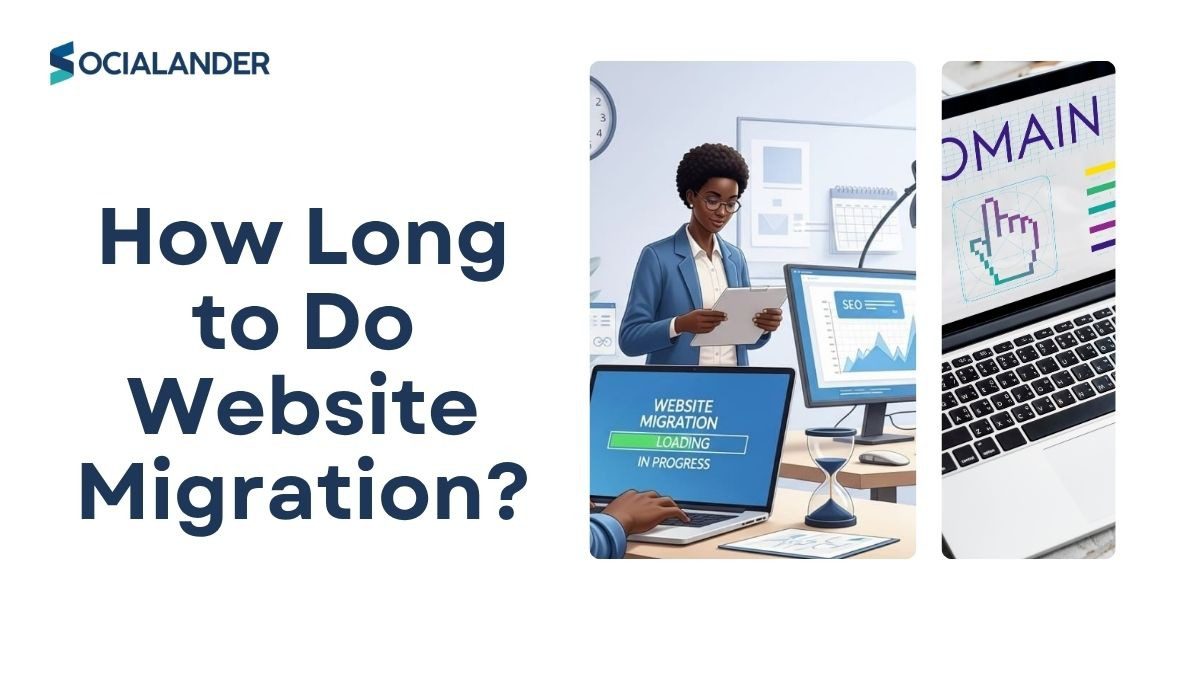- November 9, 2025
- SEO
- October 31, 2025
- Digital Marketing
- October 31, 2025
- SEO
- October 31, 2025
- Digital Marketing, SEO
- October 27, 2025
- Digital Marketing
- October 27, 2025
- Digital Marketing, Technology

Let's start a project that will scale your company at 10x
Ready to take your business to the next level? Partner with Socialander | Digital Marketing Agency, and let’s build a strategy that will drive your brand to unprecedented heights.





